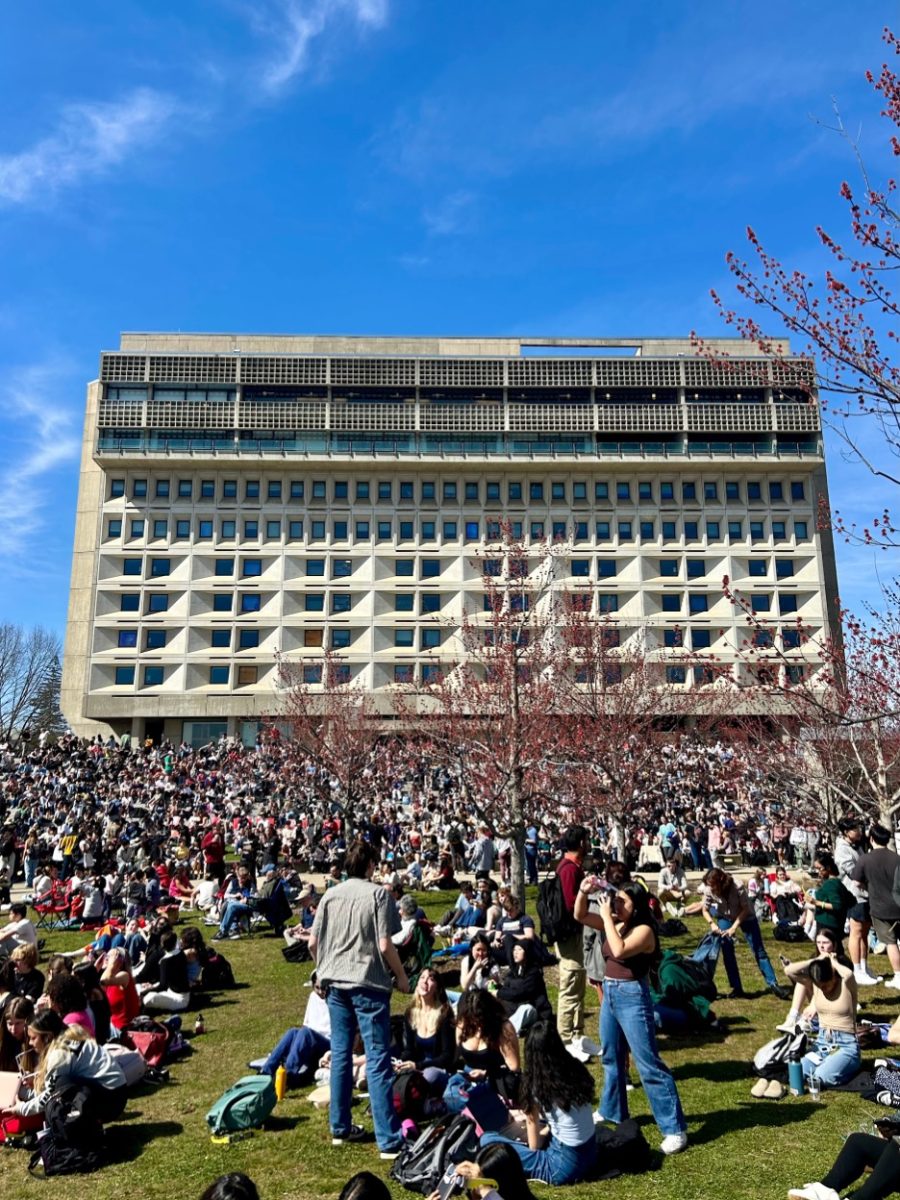Aura Ganz, an electrical and computer engineering professor at the University of Massachusetts, received a $1.6 million, four-year grant from the National Institute of Health to create a revolutionary computerized emergency-response system that may change the way mass-casualty incidents are handled.
Ganza has been working closely with the Harvard Medical School to construct the system, which she calls the Dynamic Information Collection and Resource Tracking System for Disaster Management, or DIORAMA.
“It’s a system that’s supposed to save lives, that’s the main goal. The way it does it is by managing the disaster scene,” said Ganz.
DIORAMA offers a significant improvement to the current system used to handle mass-casualty incidents (MCIs) such as plane crashes, wildfires, and floods.
The current system has first responders rushing the scene to find and triage victims, a process which involves a quick assessment of the patient’s condition and placement of a paper tag which is color-coded to indicate different levels of injury and odds of survival with medical care. An incident commander then allocates paramedics and resources to different sections of the incident to transport triaged victims out.
But in these situations, it’s nearly impossible for paramedics to know the location of every patient by word of mouth. Oftentimes they manually search for the victims with little guidance, which consequently wastes time. Incident commanders also rarely have enough information at hand to make properly informed decisions on how many medics to send into the field, how many victims have been found, and how many have already been rescued.
Inefficiency is extremely costly in an event where minutes can mean the difference between life and death.
“Currently the state of the art is that every victim is tagged with a paper tag. There is no trail, no knowledge, no summarization,” said Ganz. “Nobody knows how many people there are and where they’re located, there’s just a paper tag given to the victim.”
DIORAMA offers a more high-tech approach through the use of radio-frequency identification, also known as RFID.
An RFID chip can transmit radio signals through buildings and obstacles, which an RFID reader can locate and interpret. DIORAMA has first responders carrying RFID tags instead of color-coded paper, which they can then use to input the condition of the victim it’s placed on. The incident commander can view all of the tags and victims on a satellite map of the area through the RFID reader attached to their smart phone or tablet. The number of discovered victims, evacuated victims, and their triage levels are also included on the commander’s screen, along with how many medics are on the scene.
“[The incident commander] will know exactly how many medics to mobilize to evacuate the victims from the disaster scene, along with their location,” said Ganz.
According to the program’s first trials, DIORAMA will cut evacuation time of victims by 50 percent..
“The trial areas were small – the improvement may be even more for larger areas,” she said. “We expect that if, god forbid, something happens in a site like a university, it will be significantly more because the paramedic can go directly to the victim and not wander around searching.”
Her prototype of the system, DIORAMA I, received $400,000 in funding from the National Institute of Health in 2008. The initial design was limited to a 200 square foot range and had a relatively poor user interface. The equipment was also a little pricey as RFID readers cost $800 and tags cost $30.
In DIORAMA II, Ganz hopes to improve on these issues. The goal is to create a system scalable up to 10 miles with user-friendly interface that can be downloaded from the internet. In addition she wants to decrease the costs of the readers to $150 and tags to $2 as well as add an “augmented reality” feature.
The augmented reality feature will work on the medic’s smart phone or tablet by using the camera feature to look at the area in front of them and having a small indicator showing the location of the victims, as well as distance to them, superimposed on the screen. It will allow medics to see victims through nearly any obstacle, which will drastically cut response time in buildings.
“The paramedic will go around and see a little dot through the wall and know that it’s someone that needs to be evacuated,” Ganz said.
A demonstration of what DIORAMA would show an incident commander at five different MCIs can be found at diorama.ecs.umass.edu.
Chris Kornichuk can be reached at [email protected].












